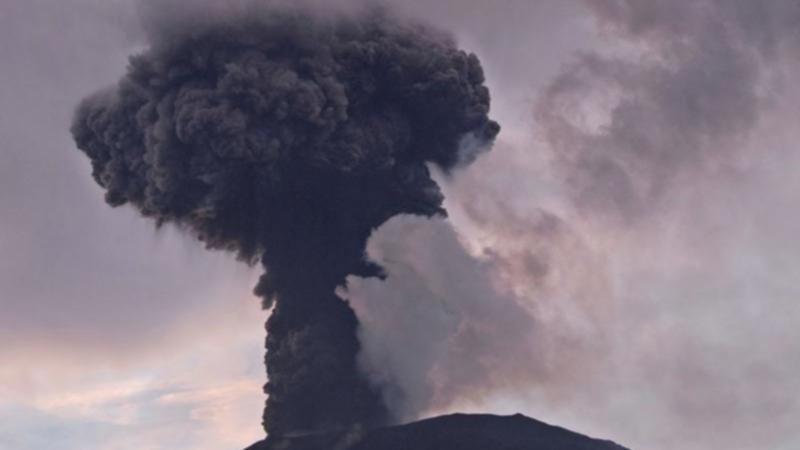Marapi volcano erupts, spewing ash and hot clouds of debris onto villages in Sumatra

One of Indonesia’s most active volcanoes has erupted, spewing thick columns of ash at least three times and blanketing villages with debris, but no casualties have been reported.
Mount Marapi, in Agam district of the province of West Sumatra, is known for sudden eruptions that are difficult to predict because they are not caused by a deep movement of magma, which sets off tremors that register on seismic monitors.
In Sunday’s eruption, it unleashed hot ash clouds that spread for several kilometres, covering nearby villages and towns with thick volcanic residue, said Ahmad Rifandi, an official with Indonesia’s Volcanology and Geological Hazard Mitigation Center.
Sign up to The Nightly's newsletters.
Get the first look at the digital newspaper, curated daily stories and breaking headlines delivered to your inbox.
By continuing you agree to our Terms and Privacy Policy.Rifandi said the nearly 2900-metre volcano had stayed at the second highest of four alert levels since January, prohibiting climbers and villagers within three kilometres of the crater’s mouth because of potential lava.
Marapi erupted in December 2023, killing 24 climbers and injuring several others who were caught by its sudden event. Two climbing routes in the mountain have been closed since then.
Sunday’s eruption came five months after monsoon rains triggered a landslide of mud and cold lava from Mount Marapi, causing rivers to breach their banks.
The deluge tore through mountainside villages and swept away people and dozens of homes, killing 67 people.
“Villagers are still haunted by the flash floods of cold lava as rainy season is coming,” Rifandi said, “But they have learned an important lesson on how to avoid the danger of eruption.”
Indonesia, an archipelago of 282 million people, is prone to earthquakes and volcanic activity because it sits along the “Ring of Fire,” a horseshoe-shaped series of seismic fault lines around the Pacific Ocean.
